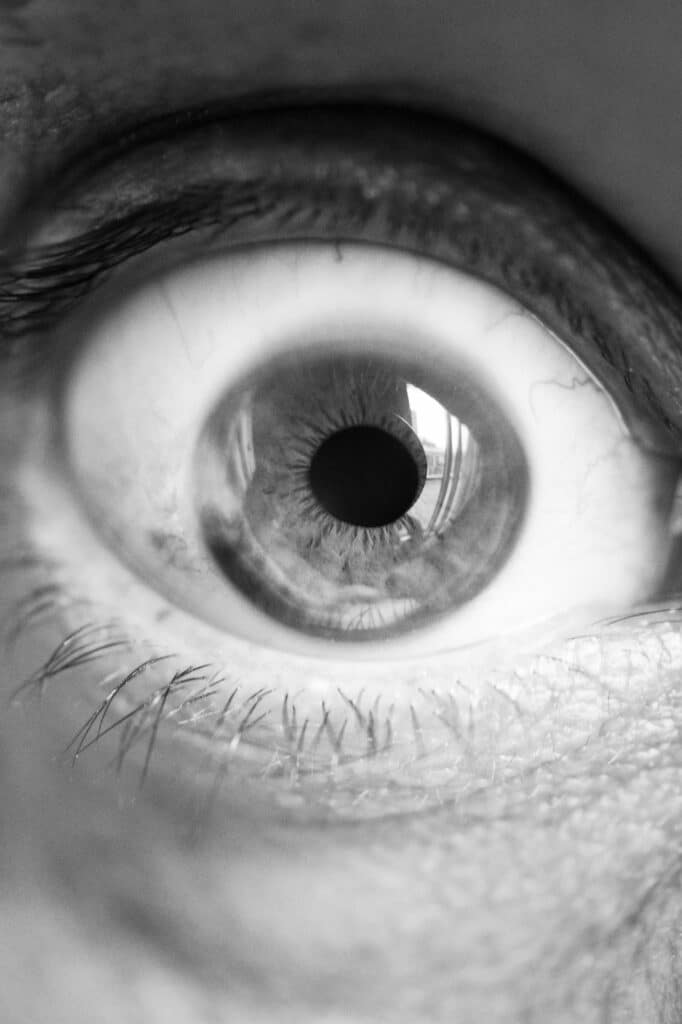
Dry eye is a multifactorial disease of the surface and tear film of the eyes. Common causes include environmental factors (i.e., lack of humidity, wind, etc.), neurosensory abnormalities, eye lid dysfunction or inflammation (I.e., meibomian gland dysfunctions or blepharitis), or autoimmune disorders (i.e., systemic lupus erythematous, Sjogren’s, thyroid diseases, etc.). All of which can lead to the instability of the tear film and cause symptoms of dry eyes.
Laser-assisted in situ keratomileusis, commonly known as LASIK, is a common refractive procedure to correct hyperopia (far-sightedness), myopia (near-sightedness) and astigmatism. LASIK is a procedure where the surgeon reshapes the cornea, which also means the surface of the eye needs to be healthy prior to the procedure. If there are signs of dry eyes before the procedure, it will need to be addressed. This will promote the best optimal outcome of the surgery. This is a reason why a thorough examination is required before LASIK.
With any procedure done with the eyes, the most common symptom patients can experience is dryness. The symptoms of dryness can vary per patient. The common symptoms are fluctuation in vision, eyes feel sandy or gritty-ness or irritation/discomfort. It is important to address dryness early and promptly by using artificial tears/lubricating eye drops or other medical treatments to ensure the eyes are healing properly after surgery. Ultimately, by relieving signs/symptoms of dry eyes, this can provide better comfort of the eyes as well the best vision outcome from refractive surgery.









